Diary Entry
The train ride from Colombo was intense. We finally reached our accommodation, Mama’s Place, by taxi, a rickety Mitsubishi L300 without air conditioning. The “mama” and her son Isu were waiting for us there. The accommodation is located directly on the beach. We stay here for ten days.
We take it easy, but we do something every day. There are lots of opportunities for that here. We are right on the beach, there are restaurants, bars – it’s too busy for my taste. The whole beach is built up with bars.

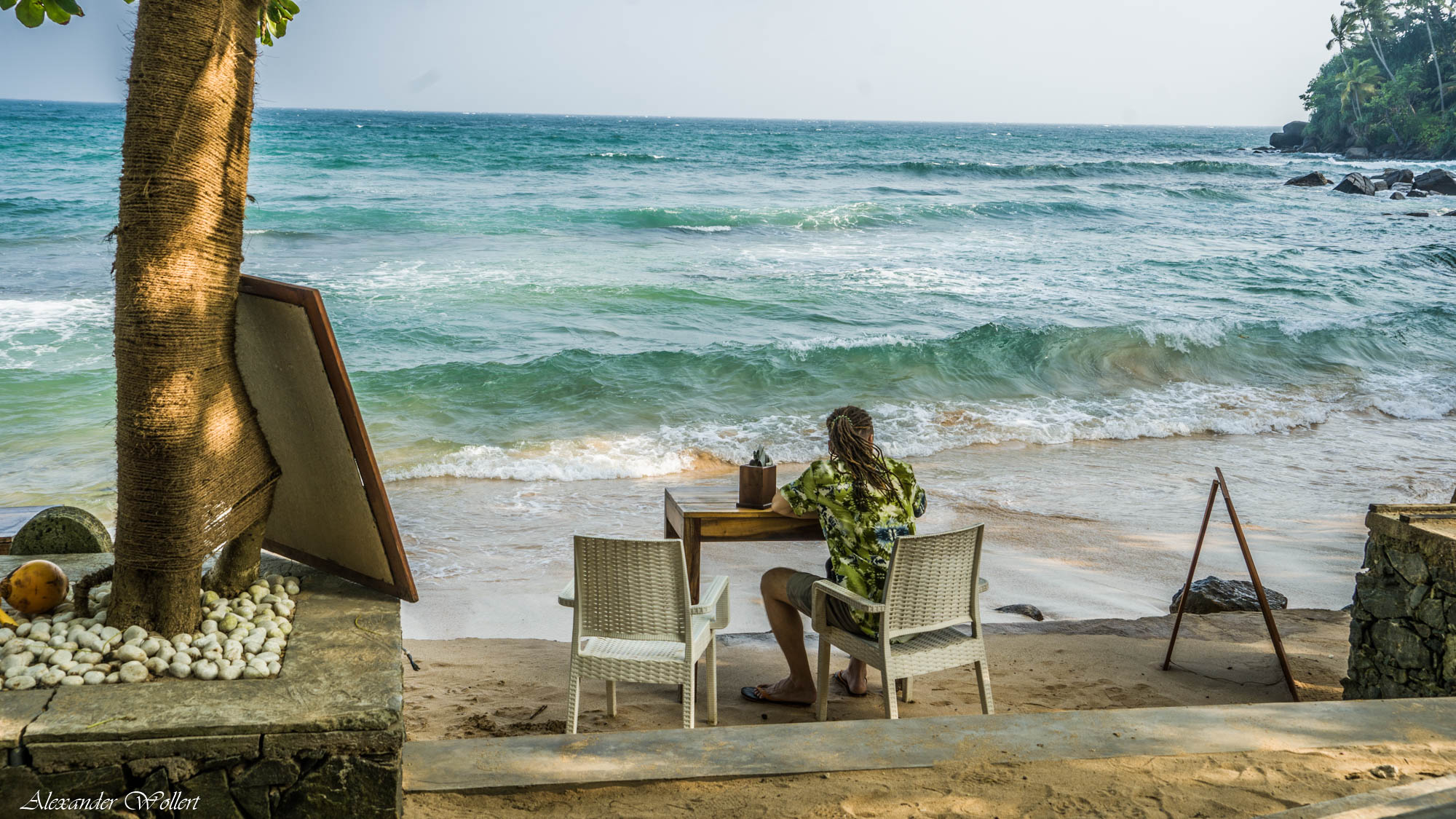
Mirissa is a backpacker stronghold
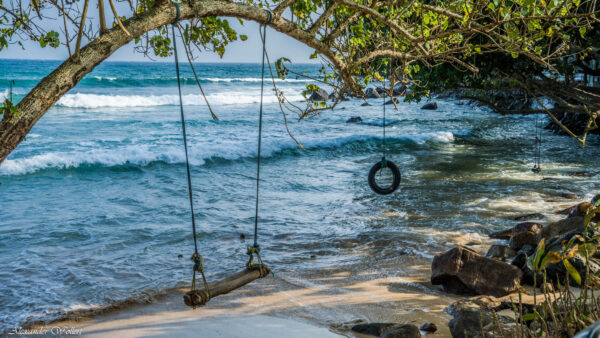
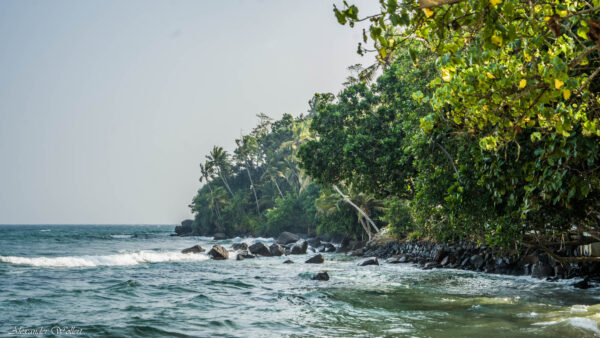
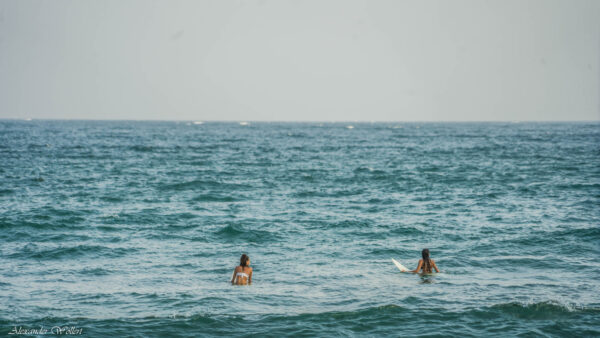
Mirissa is a relaxed haven for backpackers. The beach is completely filled with hostels and beach bars, surfers practice in the sea, and there are diving and snorkeling opportunities. The place is also world-famous for whale watching. The mammals frolic not far from the shore, where the water drops steeply into the deep sea.
Dolphins, porpoises, sperm whales, humpback whales and even blue whales have a permanent residence here. Every second hut in Mirissa sells tickets for one of the excursion boats. Only when we are staying in Mirissa do the whales seem to have gone on holiday.

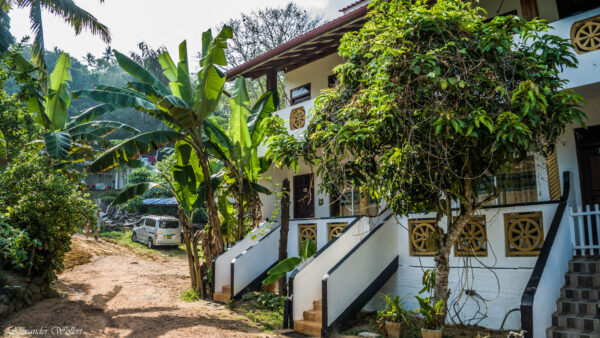
We have two rooms next to each other on the ground floor. We can have breakfast together and annoy Isu with new special requests. Even Leon runs after him because he’s always thinking up new games for the little one.
There is, of course, a small restaurant where we can also order breakfast, lunch or dinner from the menu. To our surprise, however, we don’t have to wait for anyone before 9 a.m.


You would think that in a relatively overpopulated country, there would be no animals to be seen in a relatively densely populated area. But you would be wrong!
The fauna is impressive. Peacocks land on the roofs and tops of palm trees and sing. A large multi-generational family of monkeys regularly walks over the telephone lines. Chipmunks do gymnastics on the banana plants. Monitor lizards frolic undisturbed in the ditch. We have even seen a crocodile in the city canal. At night, fruit bats the size of grey herons circle over our heads. Leon is having fun.
On the very first morning we are delighted by the wildlife. A peacock “sings” from one of the palm trees and comes to our accommodation to look for its mate.
A family of monkeys also seems to be native to the area. Sometimes we see the clan of toque monkeys climbing around Mama’s Place, sometimes we see them walking along the telephone lines through the town.
On our walks through the town we keep coming across really big reptiles. The monitor lizards especially love the canals near the road. Maybe they hunt rats there.
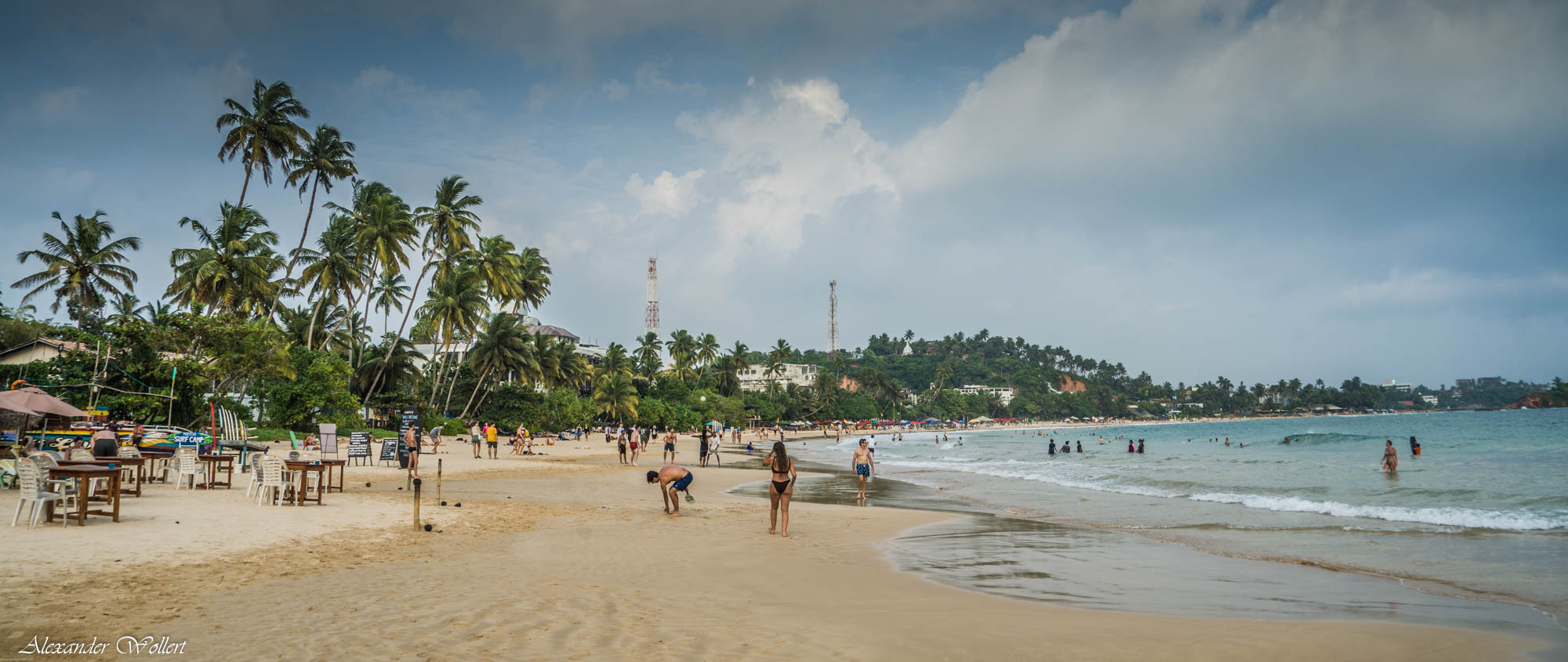
There are no large hotels here. Although this place is a tourist hotspot, Mirissa only has small accommodations that are run by locals. This at least gives the place the impression of being an enclave of backpackers and digital nomads.
There are also many families like us in Sri Lanka who want to travel with small children with a safe level of adventure. These families almost always come from Germany. So this seems to be a particular trend here at home.
It is not surprising that Mirissa is two to three times more expensive than Negombo. The place must have changed a lot in a very short time. Since the people in the hostels and the drivers of the tuk tuks are all locals, they have a lot to say about the history and changes of the area.
Mirissa is two to three times as expensive as Negombo!
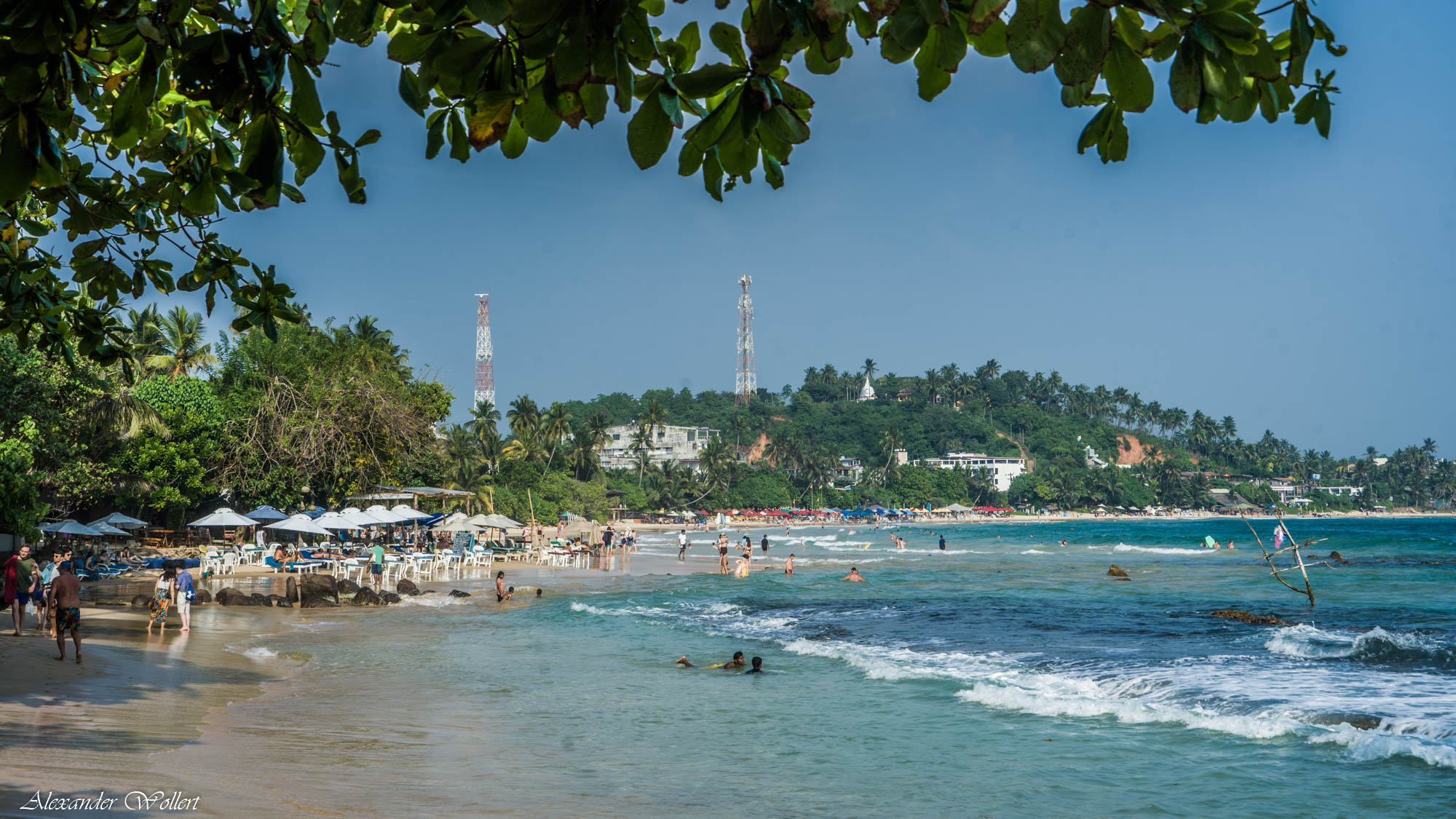
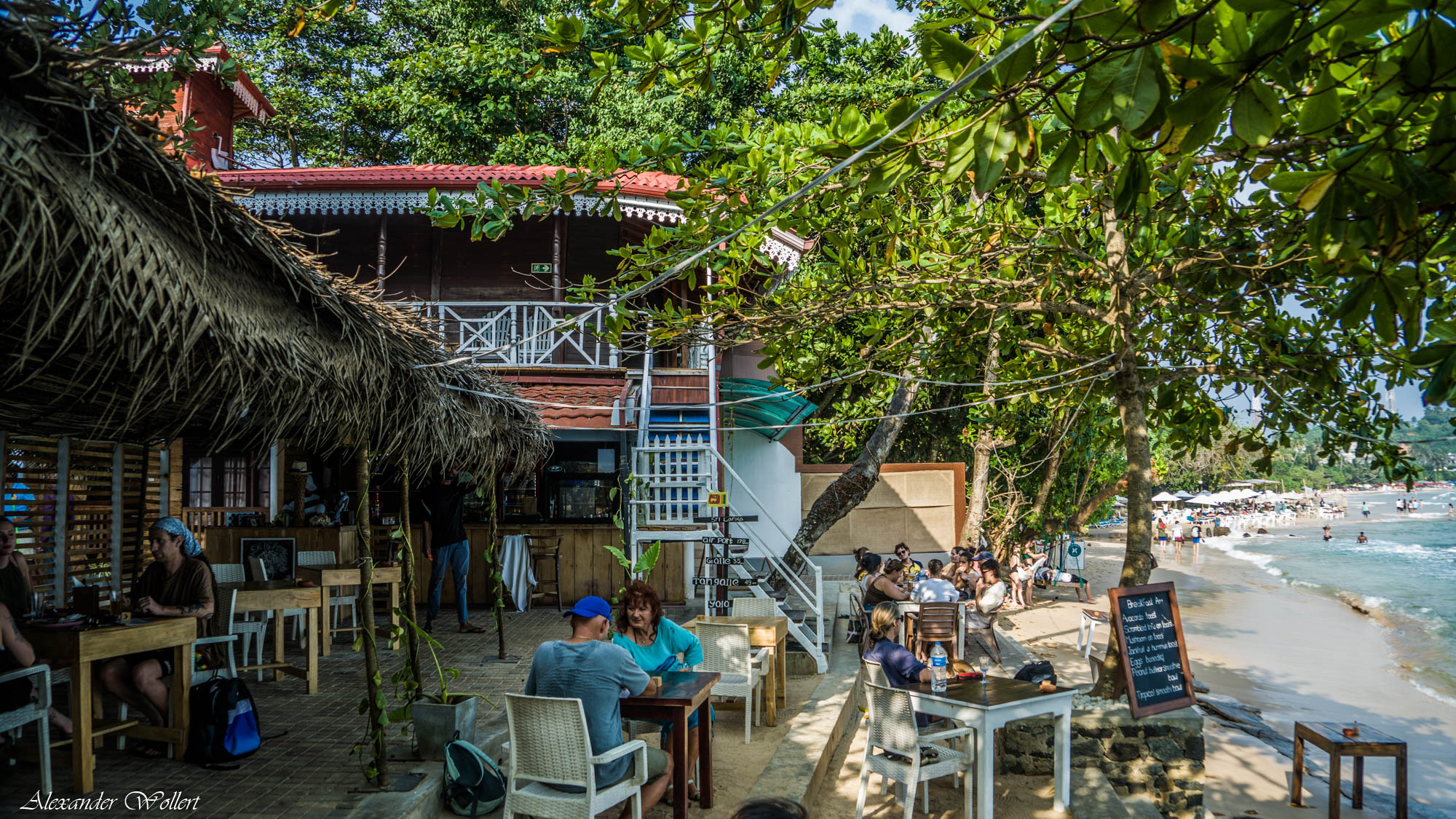

Parrot Rock is located on the eastern edge of Mirissa beach and offers a great viewpoint. You can climb the rock via a makeshift bamboo staircase (which is sturdy!) when the sea is not too rough. Many crows have their home here, so it is quite noisy when you arrive.
Interestingly, however, there is no evidence of parrots, despite the rock being named that.
Parrot Rock is a popular spot, especially at sunset, but you can also visit it in the morning to avoid the crowds.

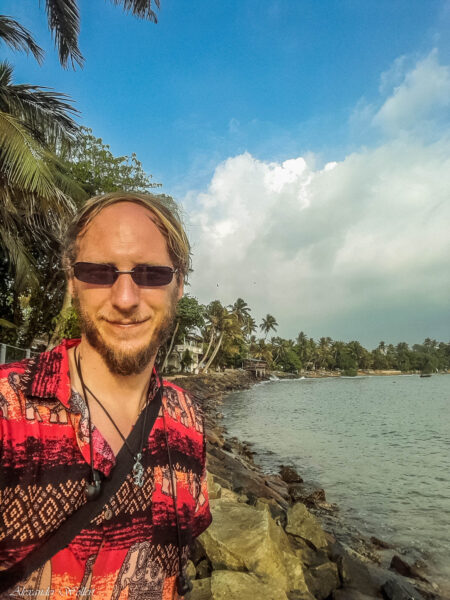
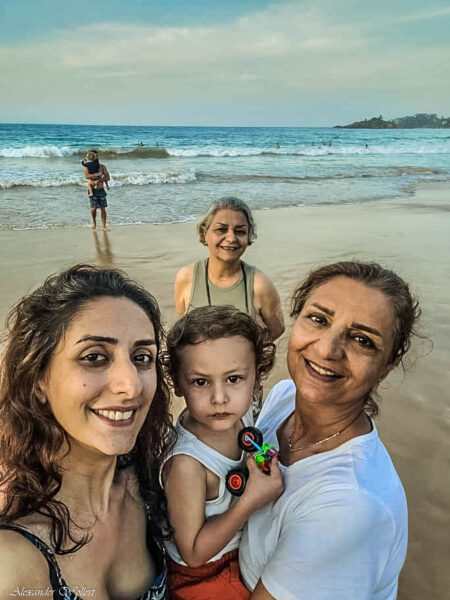
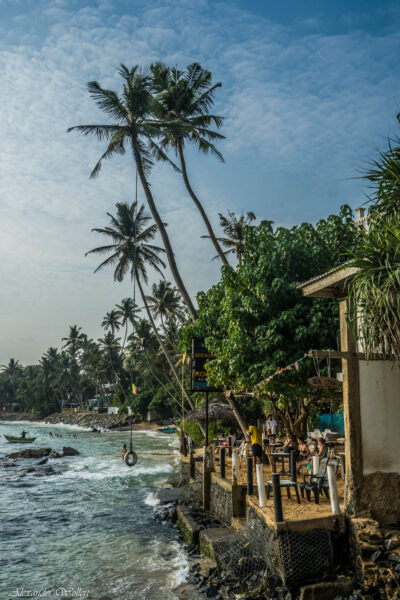
Ten days is a really long time and we have a relaxed time. We like to go for walks, lounge on the beach and let Leon play in the sand while we drink cold tonic water.
I really want to go to a surf school to learn how to surf. But on the very day I’m supposed to have my first lesson, I got sunstroke.
During our stay we met Steffi and Jegan. They are both very lovely people and also have two small children. We have a few nice conversations together and let the children play together. Unfortunately they are very upset and cannot enjoy their vacation. To my regret they leave again after a few days.
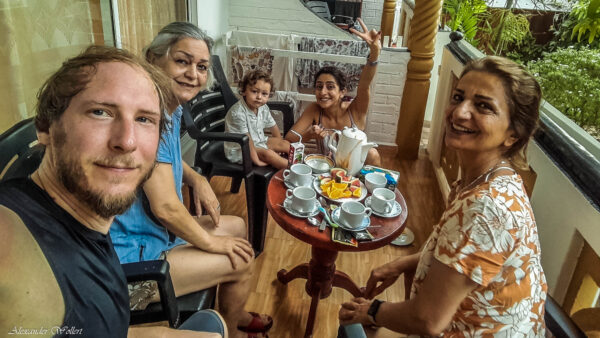
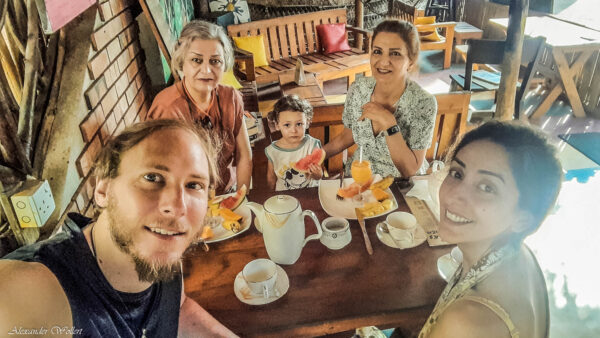
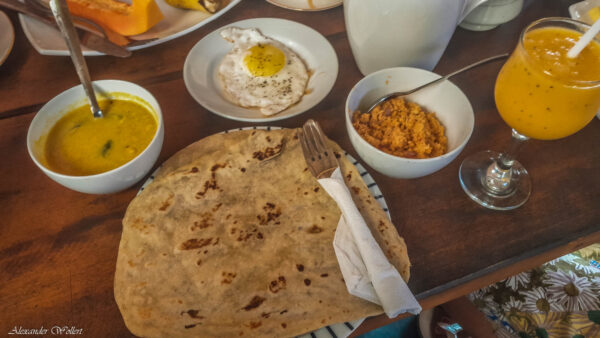
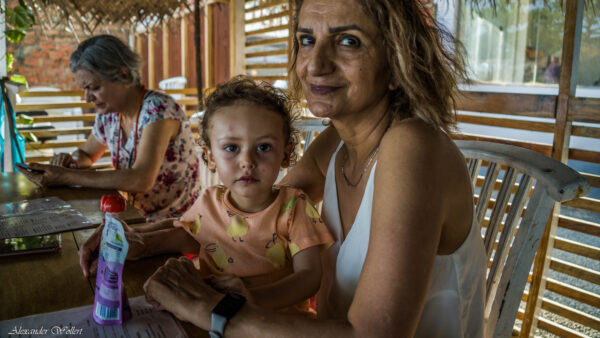
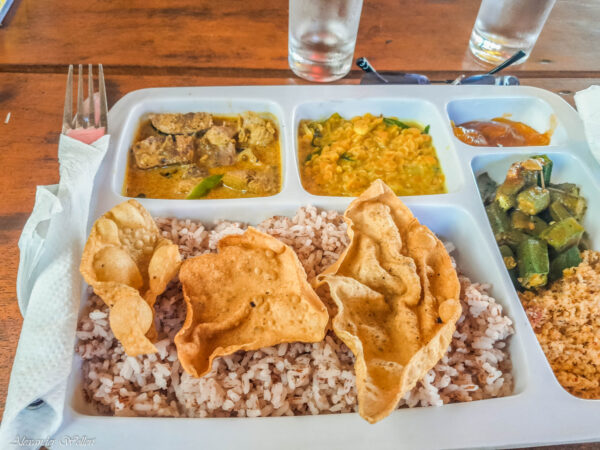
The food is also very good. In addition to many markets with regional tropical fruits, there is of course a lot of Kottu, Rotti, rice with coconut flakes and various curries with Naan.
We get the famous Ceylon tea on all occasions. It is grown in Sri Lanka and is really good.

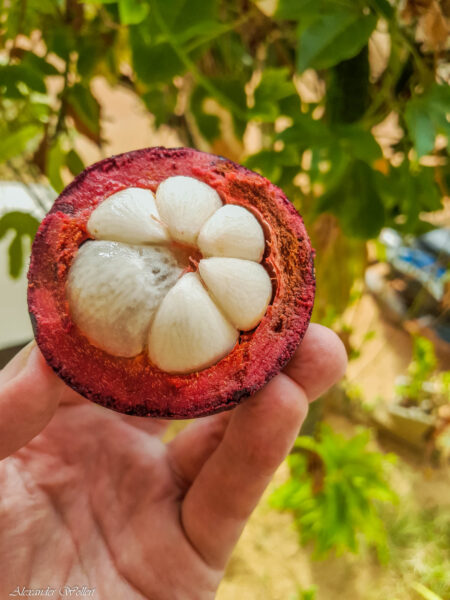
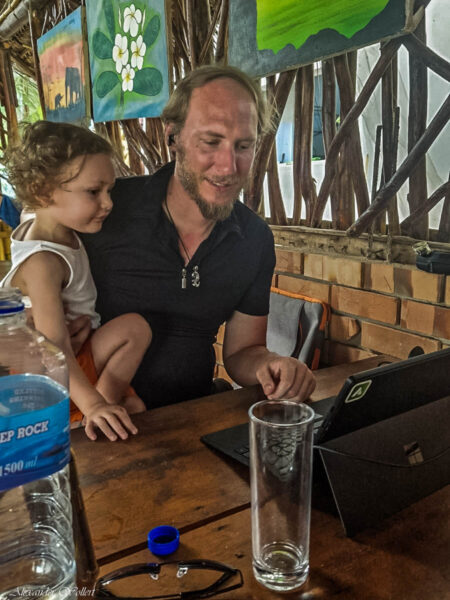
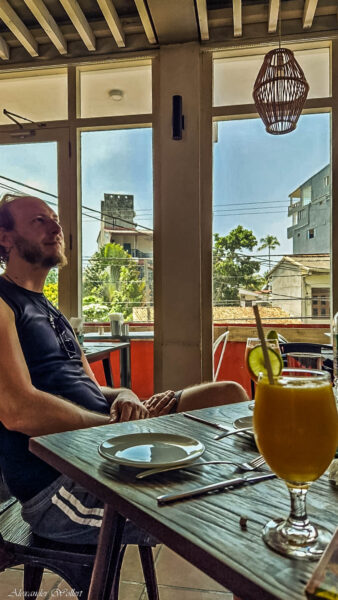
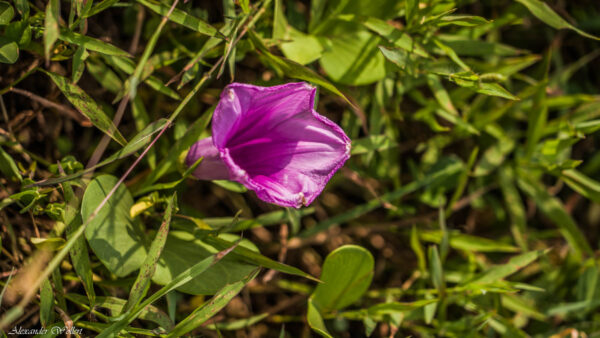

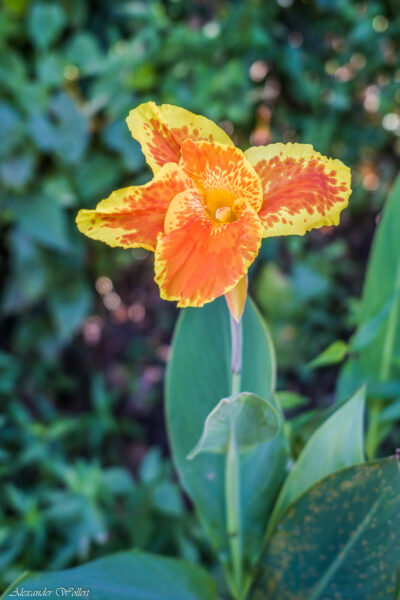
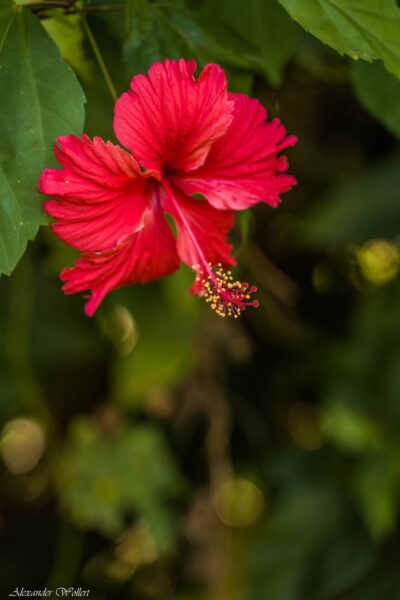
Leon has a lot of fun with the tuk tuks! He calls out to every motorized tricycle. Our host Isu is happy to take the little one on his lap and drive a few circles with him. Of course Leon can also honk as much as he wants.
When Isu isn’t there, that doesn’t stop Leon from taking the nearest tuk tuk on his own. When he returns, the owner is happy about the unexpected visit.
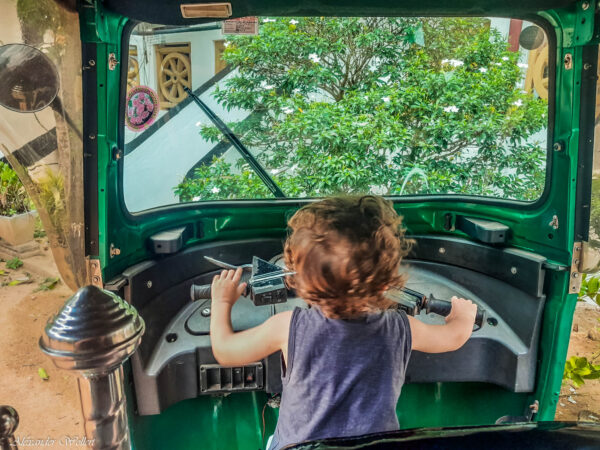
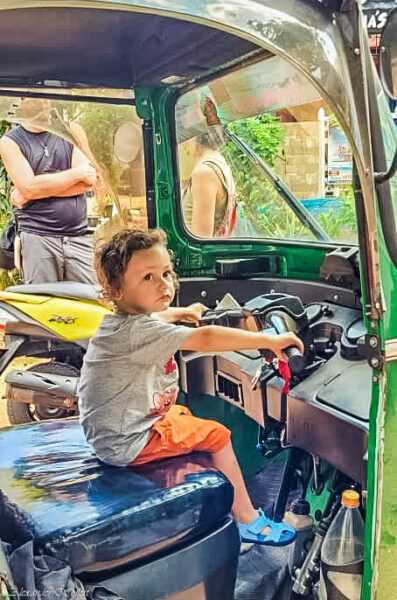

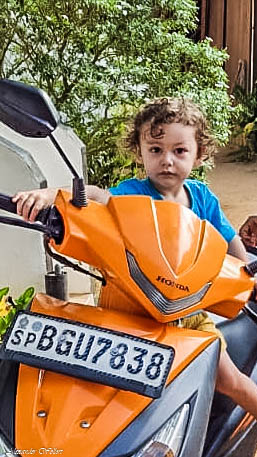
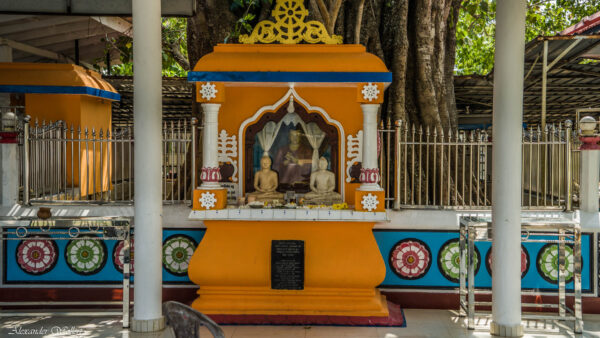


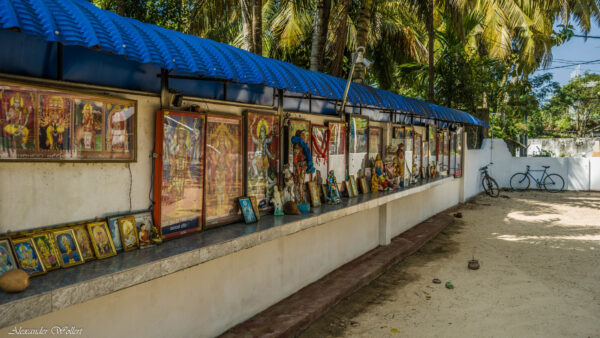
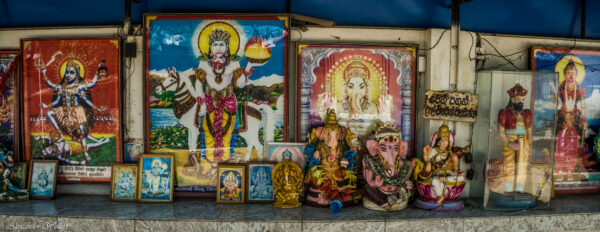
Although Sri Lanka’s history is bloody when it comes to the coexistence of Buddhism and Hinduism, we see temples of both religions coexisting harmoniously.
Here in Mirissa, Buddha shrines and Hindu statues stand side by side in harmony and believers simply choose who they come to pray to.
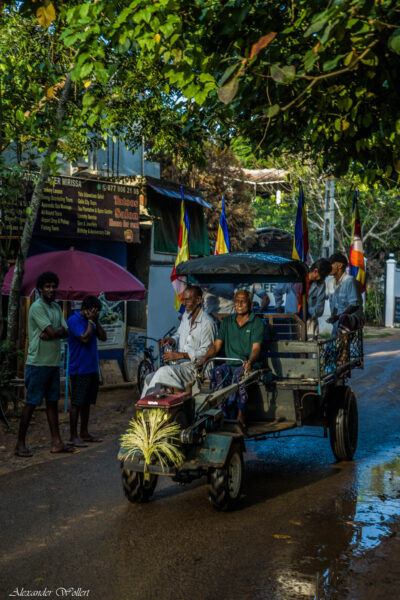

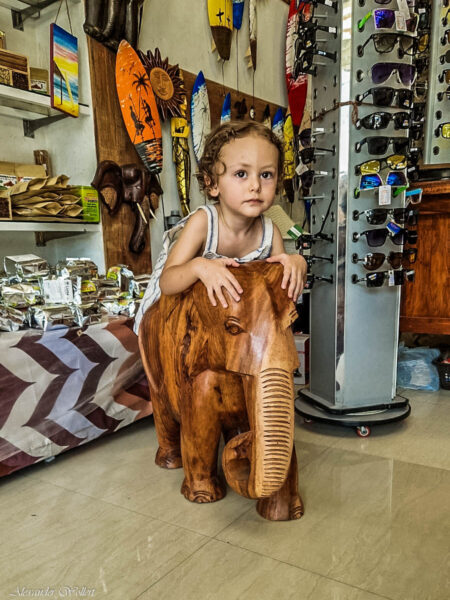
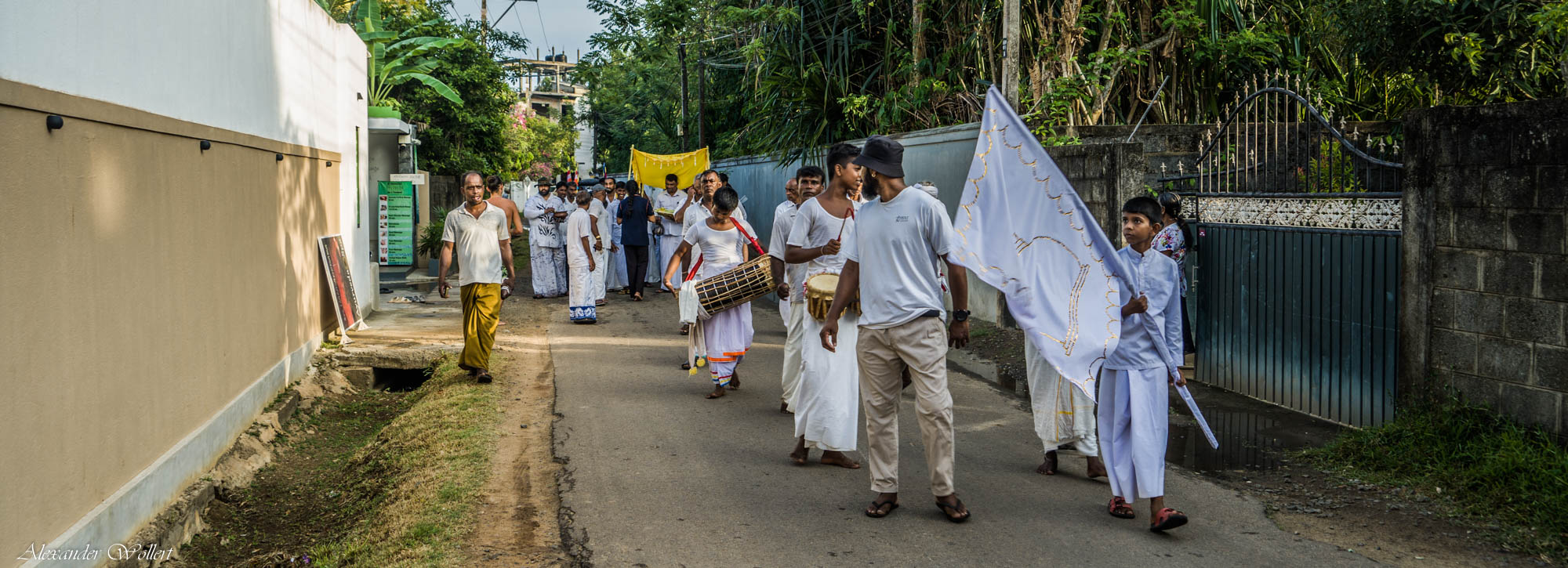

One morning we were sitting together drinking tea, as we usually do, when we heard loud drumming. It was unusual. I grabbed my camera and ran to the street to see what was happening.
I find a procession made up of men and children, led by a group of drummers and a man with a trumpet.
I ask a local man standing in front of his front door what the background of this festival is. The man explains to me that it is a Buddhist festival in honor of fathers and their sons.


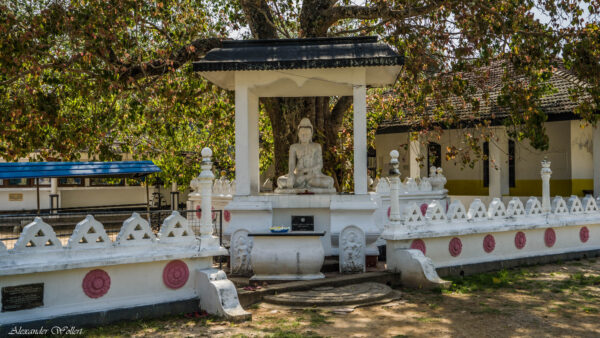
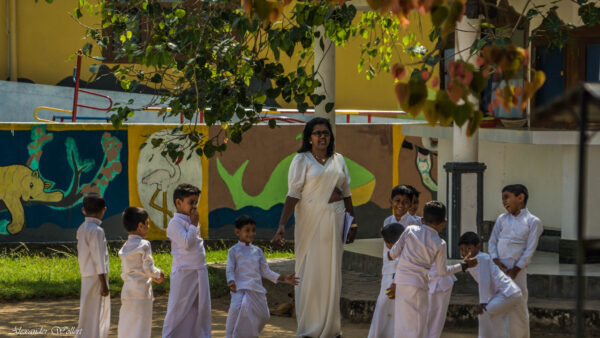
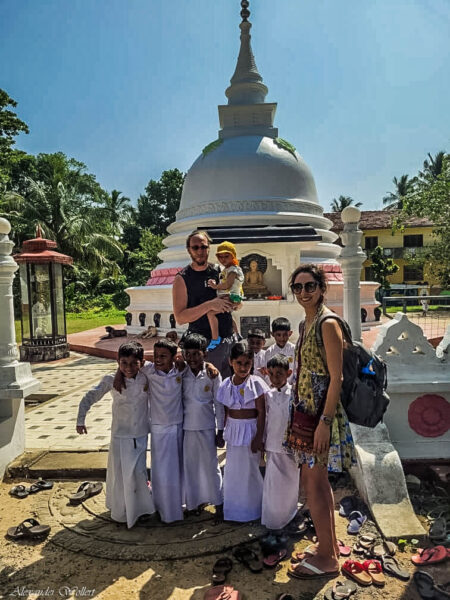
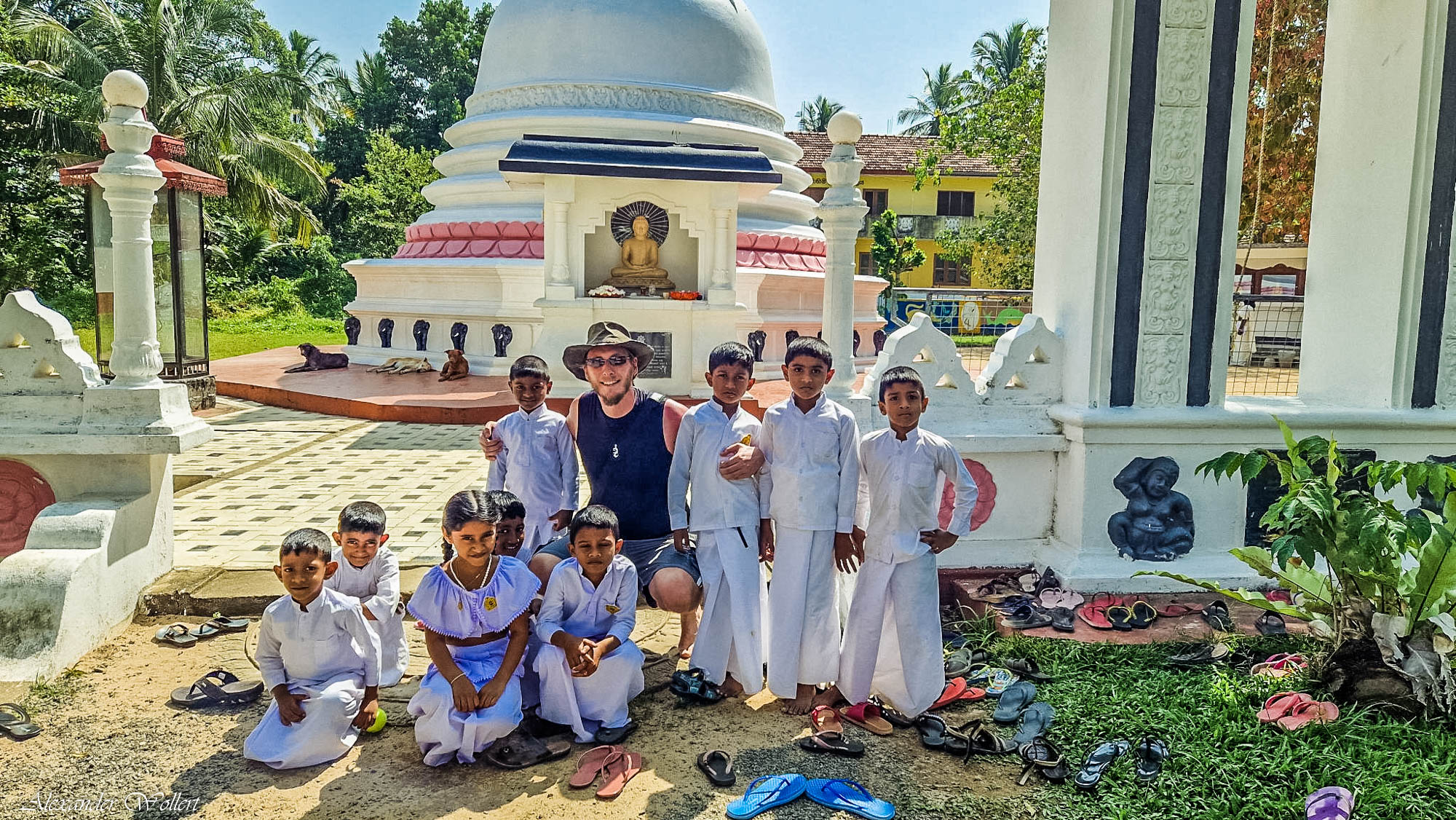
On one of our walks we pass a school. All the children and teachers are dressed in white. When the children see us they come running towards us.
With the teacher’s permission, we take photos together. I’m just wondering why there are so many boys in the class, but only one girl.

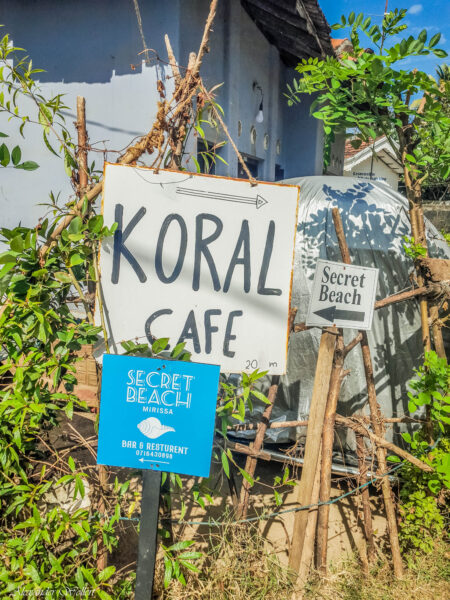
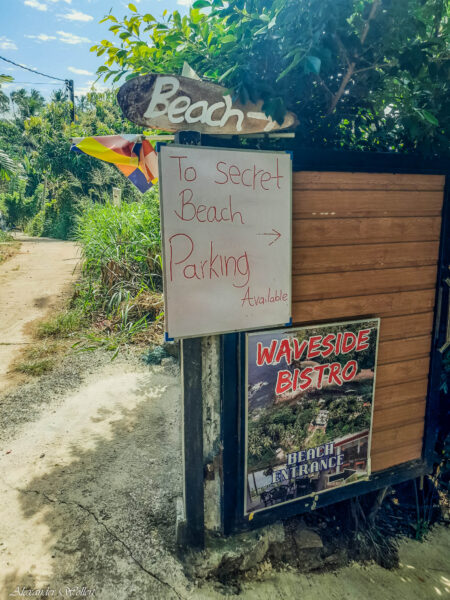
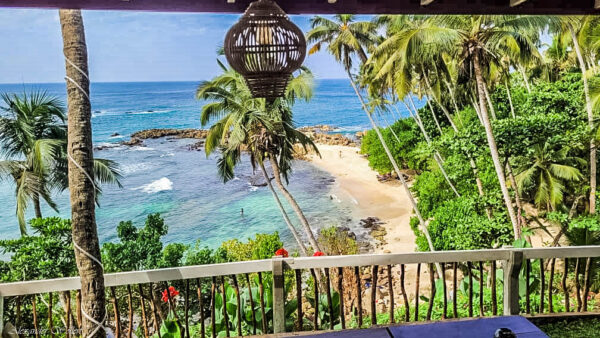

Another “highlight” according to TripAdvisor and similar travel websites is Secret Beach. It’s not surprising that every inch of this small beach is already taken up with sun loungers. At least Leon has a lot of fun there in the sand, the shallow water and hunting the numerous hermit crabs.
Secret Beach in Mirissa is a small, hidden beach with two main areas located at the western end of town. Although many people know about it, it is a little harder to access than the main beach, so it is often overlooked.
This beach offers a picturesque setting with clear blue water, shady trees and a secluded shore. The gentle waves and pleasant water make Secret Beach a perfect place for a relaxing swim. However, Secret Beach is anything but secret.
We choose a lounger that we can use “for free”. All we have to do is order an expensive drink or a snack from the menu of one of the two bars that seem to own every inch of the secret beach. There is only one place where I can go into the water to snorkel. However, I don’t see many fish.
The beach is not only listed as an “insider tip” on TripAdvisor. The beach is also listed on Google Maps and there are about two dozen signs pointing the way there so that tourists don’t get lost. So it’s definitely not a remote paradise beach like in Alex Garland’s book.
The public “Secret Beach” of Mirissa
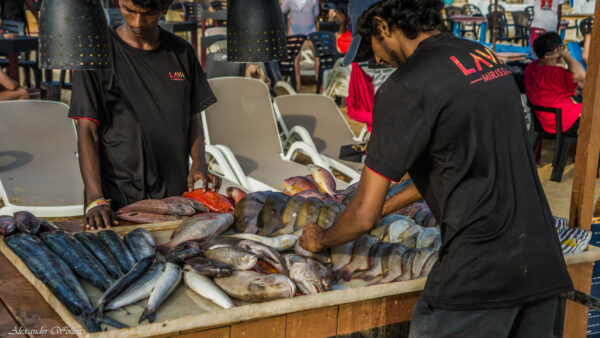
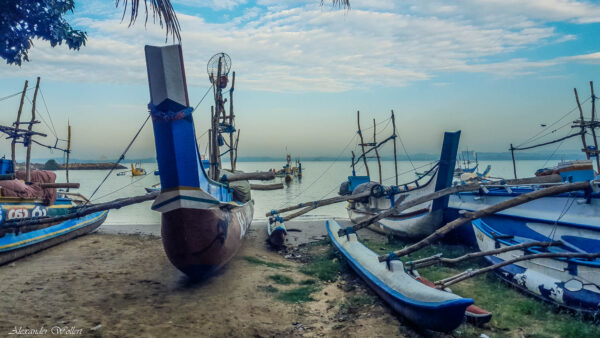
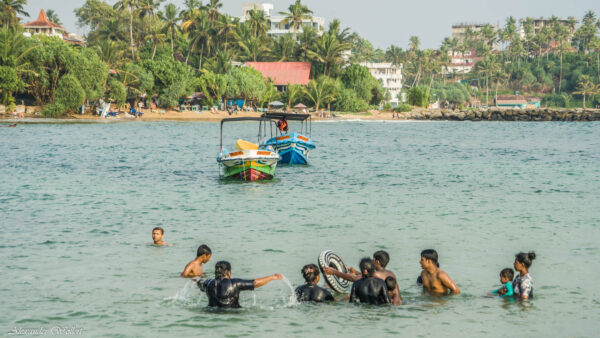
Mirissa is famous for its whale watching
when we are there, the whales are unfortunately on vacation


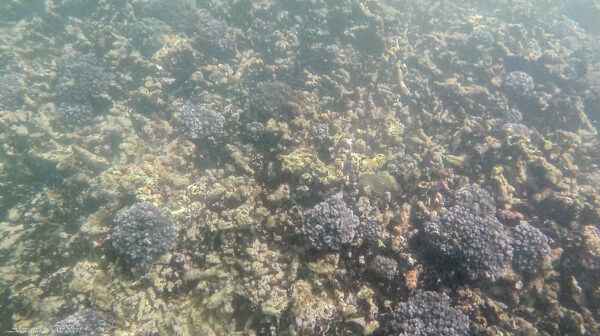
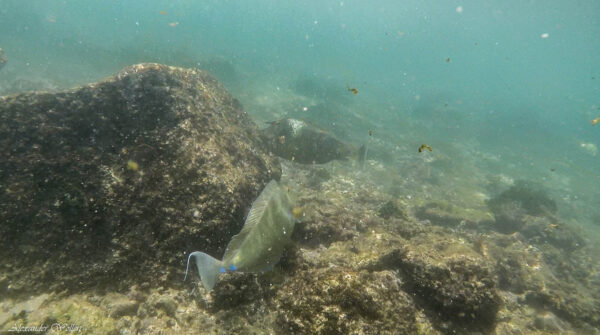
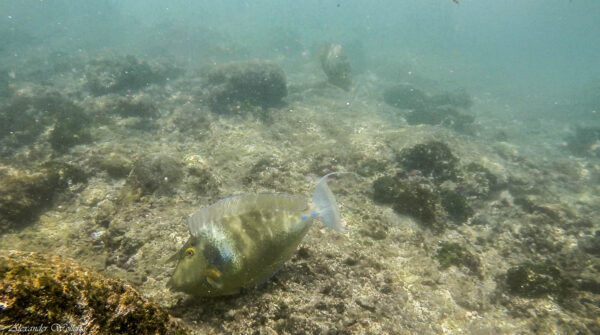
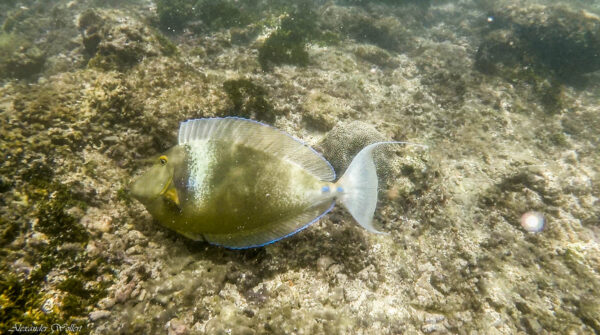
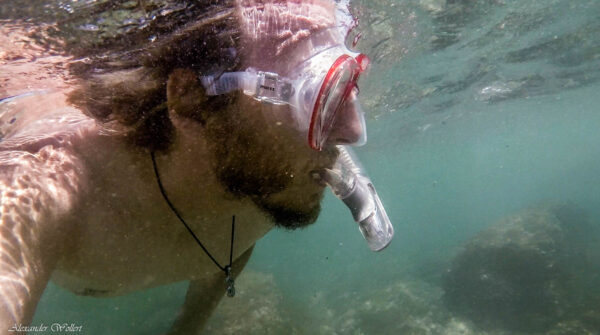


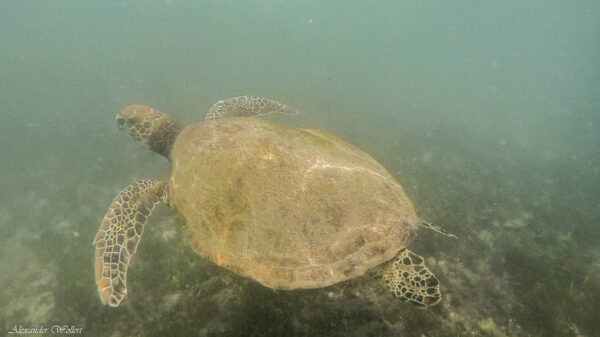
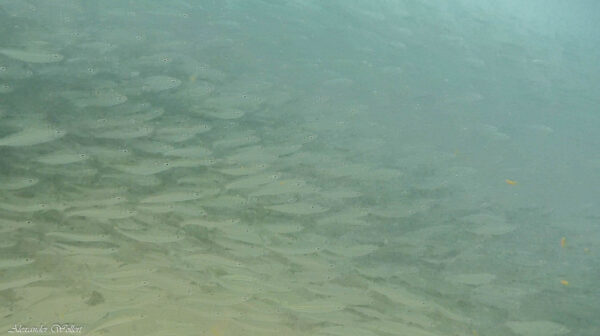
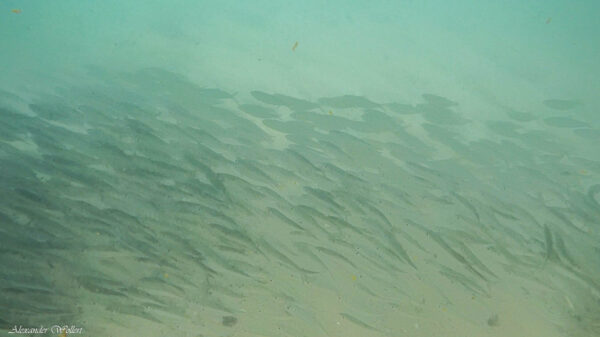
Snorkeling in “Turtle Bay”
I go snorkeling and see some beautiful aquarium fish in the wild. In my experience, the beaches directly in front of Mirissa are not that interesting for snorkeling, although they are highly praised on other websites. The waves are very high and I get seasick there. The water is cloudy and when the visibility is clear I can only see dead coral. There is supposed to be a sea turtle somewhere here. I don’t see it, but I end up in pitch black water. I am surprised and think that sand has been stirred up again.
But then I notice that this “wall” consists of millions of scaled bodies. A huge school of fish is seeking refuge in Turtle Bay. This also explains the numerous catamarans of the fishermen here.
It is only on my second trip that I find calmer waters and can observe some large fish. On the way back to the beach, I also see a sea turtle. I admire it and follow it for a moment before letting it go on in peace.
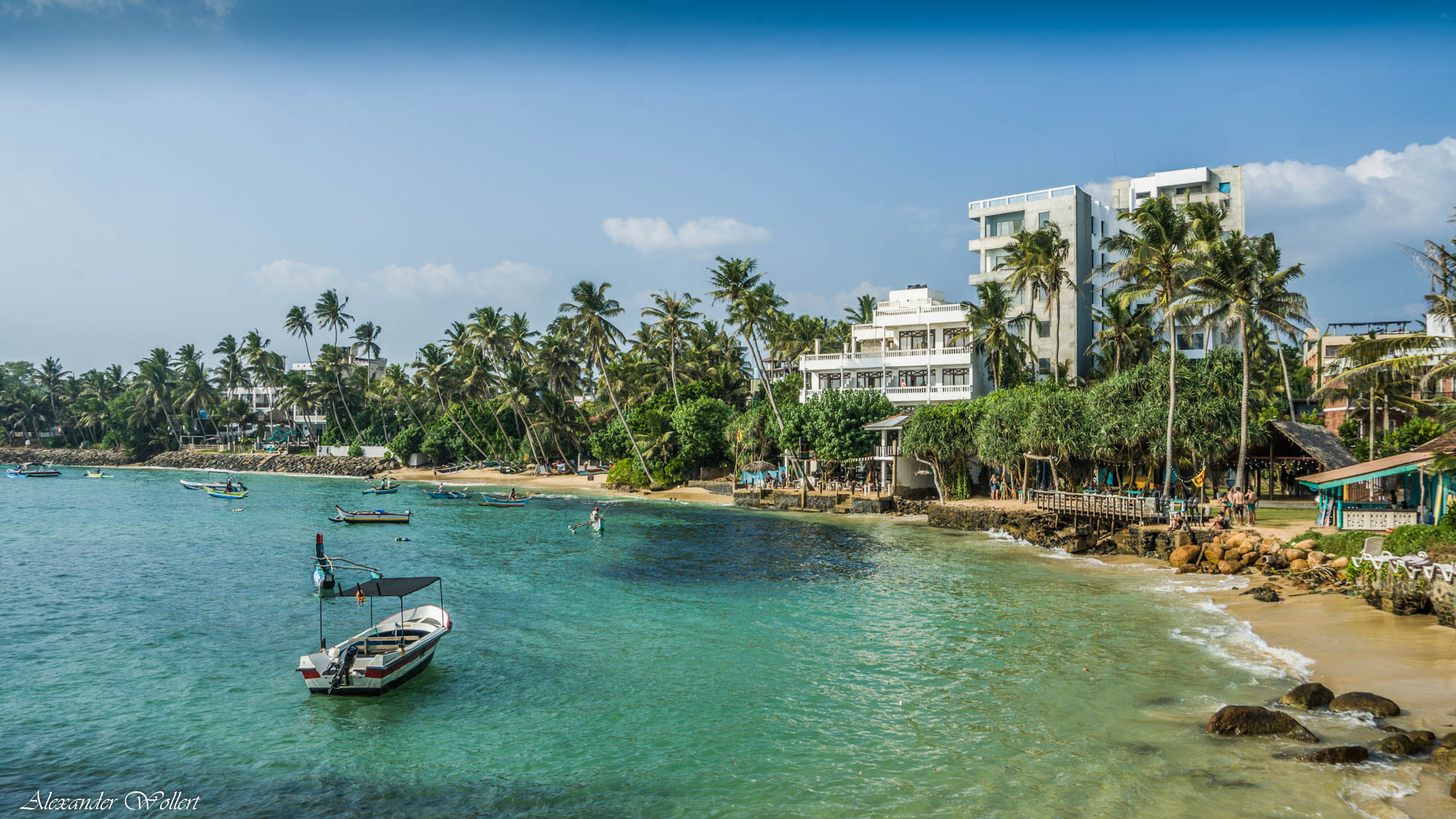

At sunset, Sara and I visit a place that is famous on Instagram. Coconut Tree Hill is actually just a coconut plantation. But the view over the sea with the tall palm trees has a certain magic in the picture. And as is the case with places that are popular on Instagram, dozens of people gather here, waiting for the moment to take a photo with the illusion of an idyllic, secluded place in the middle of paradise.
While we wait in line, we can see surfers out at sea hoping for big waves. Behind them we see the tour boats, also sailing across the expanse in the hope of spotting a whale.
Coconut Tree Hill
– No1 Instagram Spot in Sri Lanka
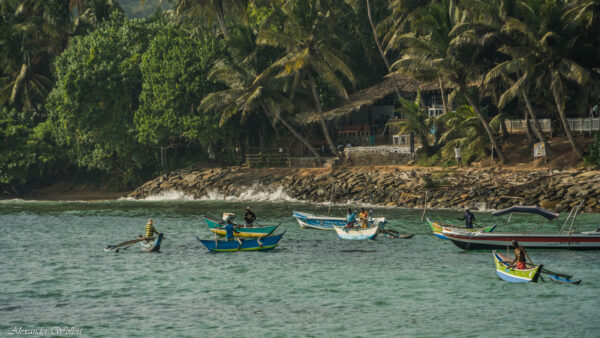
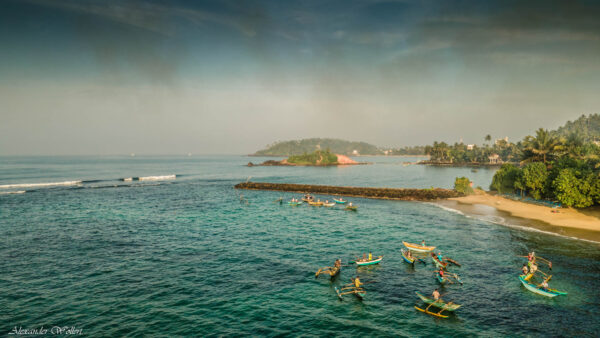
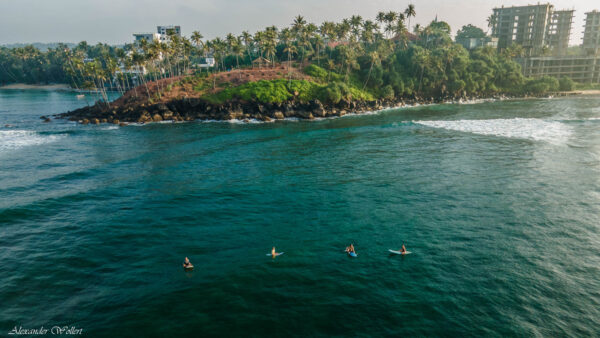

This is what the idyll looks like on Instagram…
Sri Lanka’s Instagram spots:
(1) Coconut Hill (Mirissa) ✅
(2) Nine Arch Bridge (Ella)
(3) Hanging out of the train
(4) Lion Rock (Sigirya)
… and that is the reality!

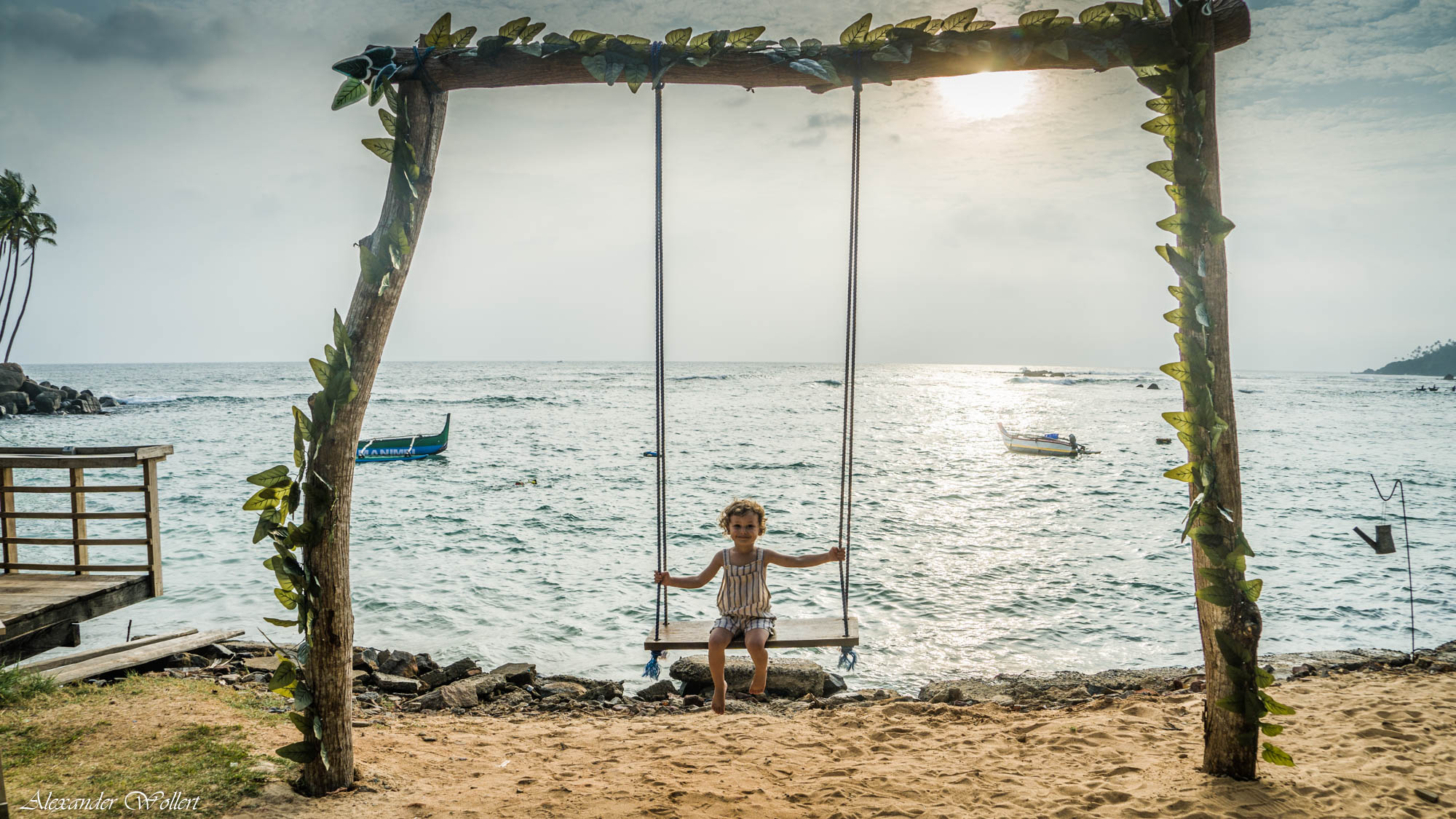
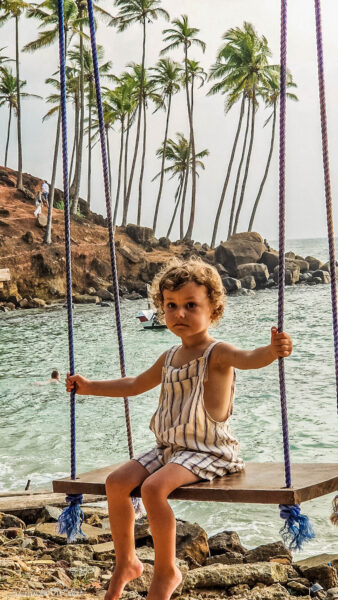
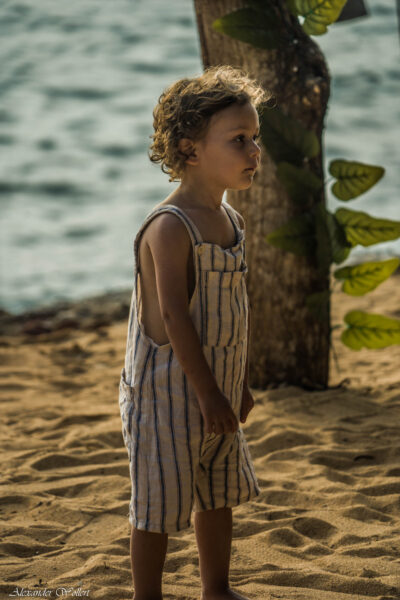
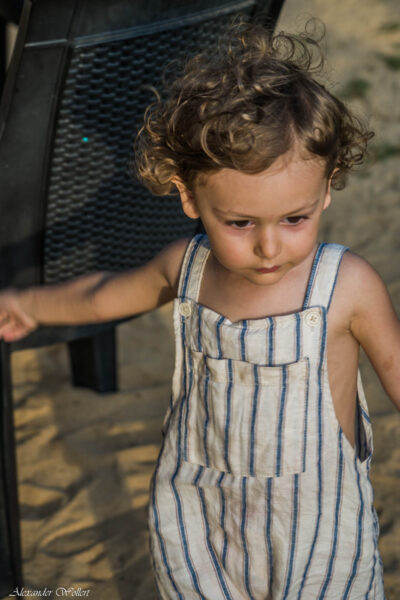
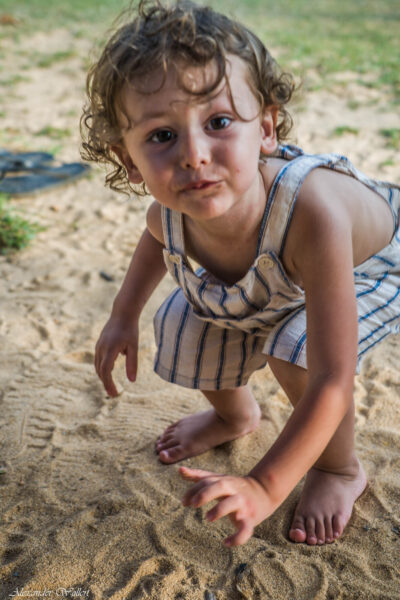

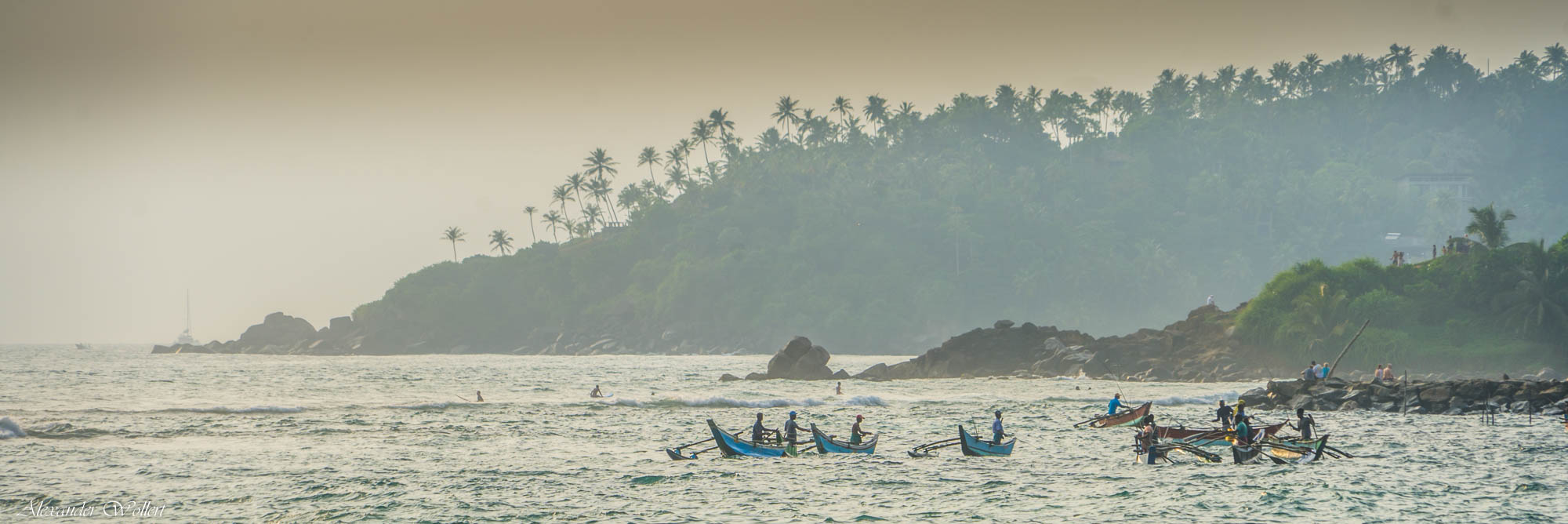

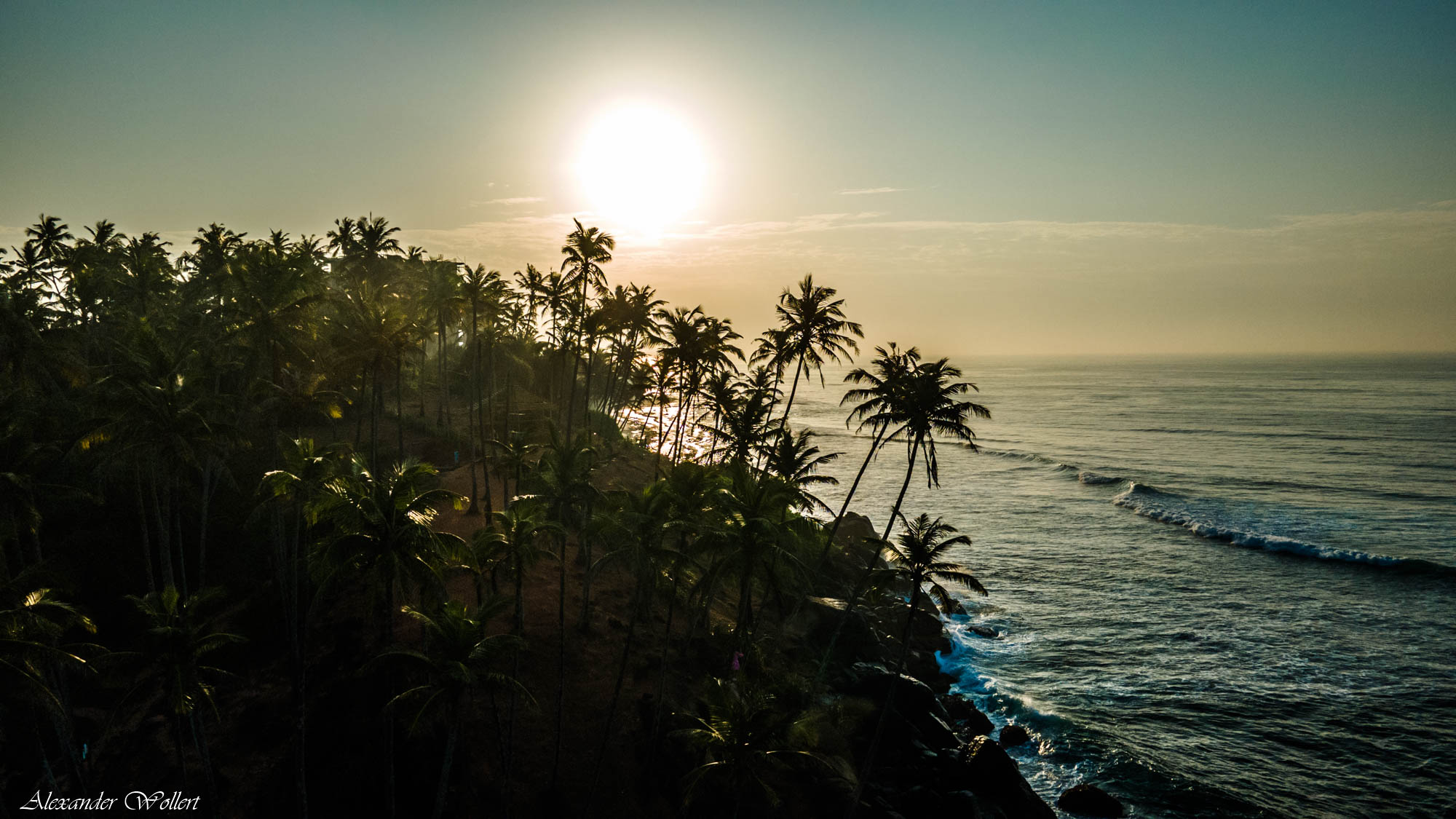
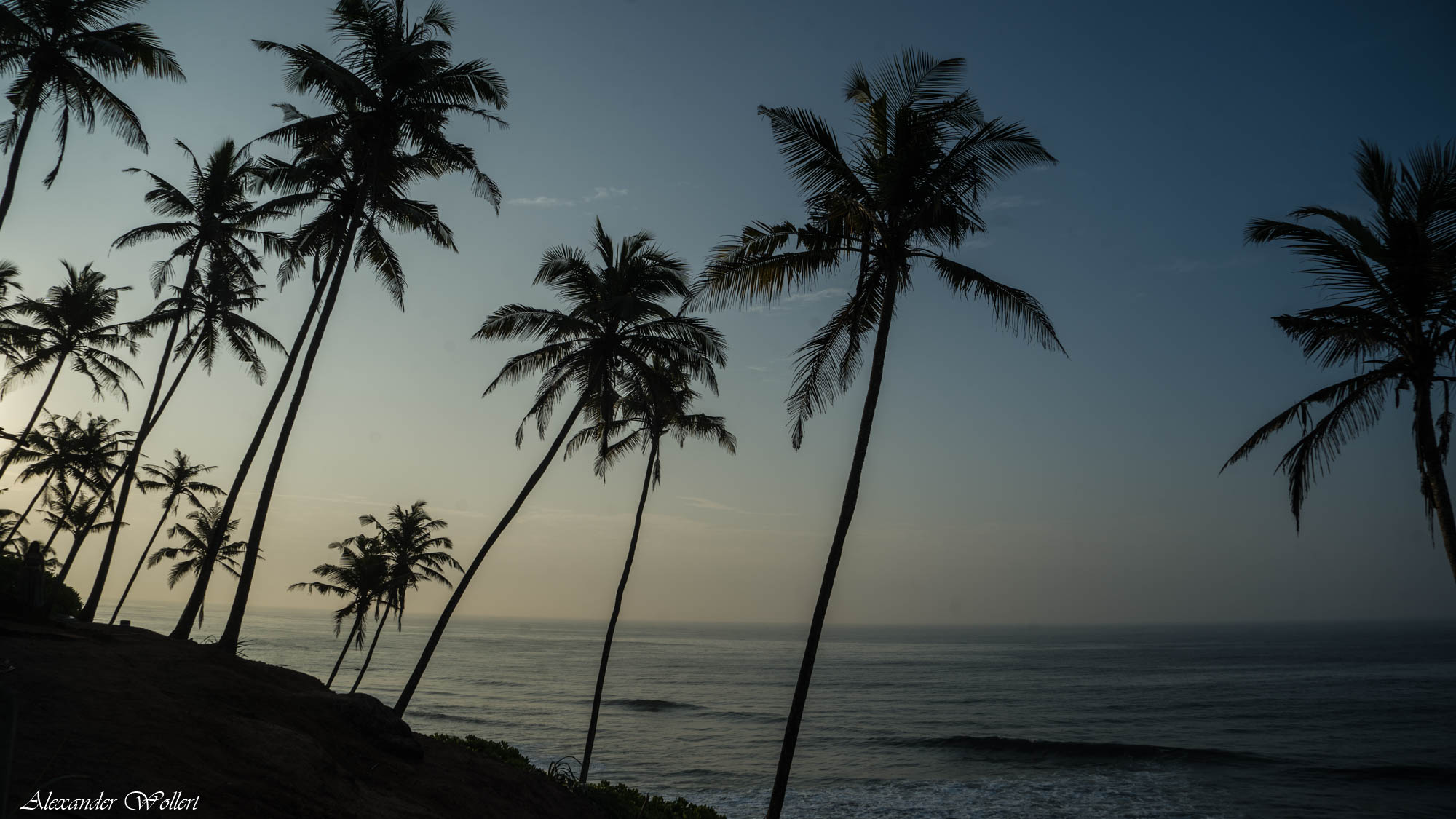
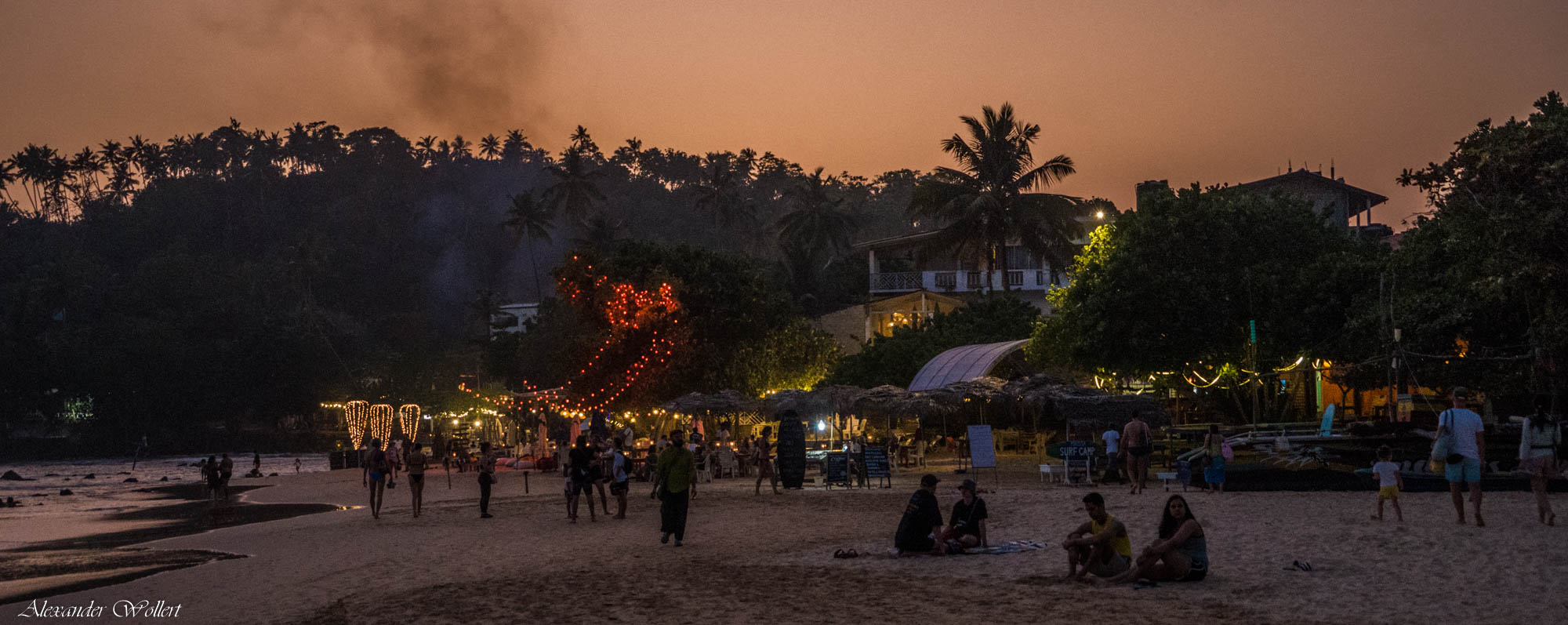
When the sun sets in Mirissa in the evening, the lights come on in the bars. Candles are lit on the tables and lanterns are illuminated. Most bars offer the catch of the day on a table and convince passers-by why their fish is the freshest.
Of course, there are also happy hours, which Sara and I like to take advantage of. Since our accommodation is close to the beach, we can leave Leon there with his grandma and enjoy the warm evening on the beach with music and a cocktail.
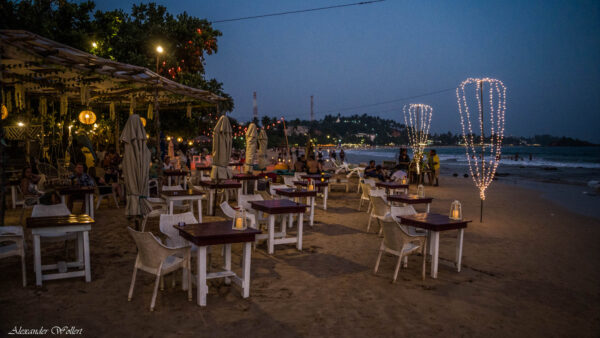

Mirissa Beach Night Life
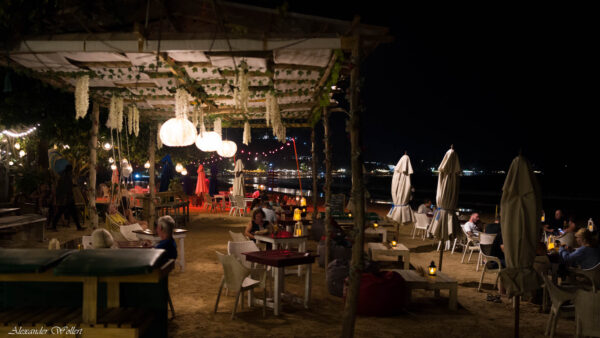
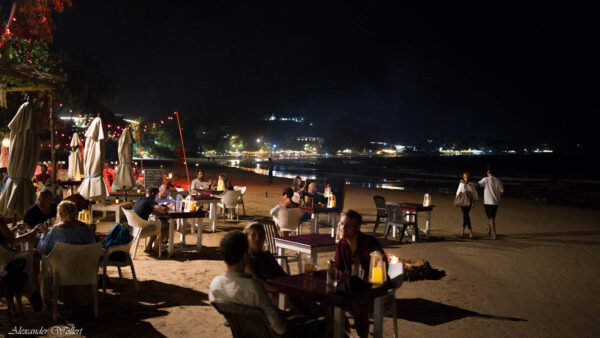
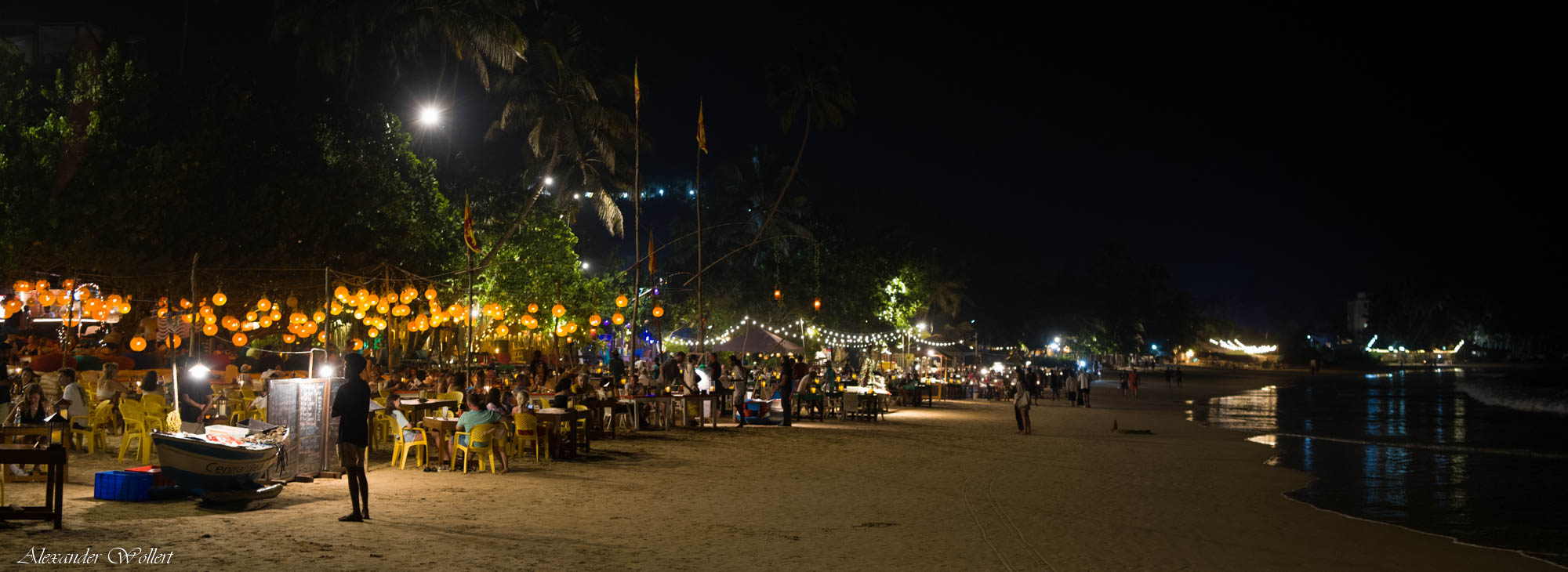
We don’t spend every day in Mirissa. We take a trip with a scooter and a tuk tuk and visit the Parewi Duva shrine on Pigeon Island, the Dutch fort of Matara and the monastery of Weherahena Poorwarama Rajamaha Viharaya, where you can see a 25-meter-high Buddha.
After that we will move on. Our next accommodation will be in the town of Tissahamarama. There we will see more of the country’s jungles and its wildlife, such as leopards, elephants and bears.

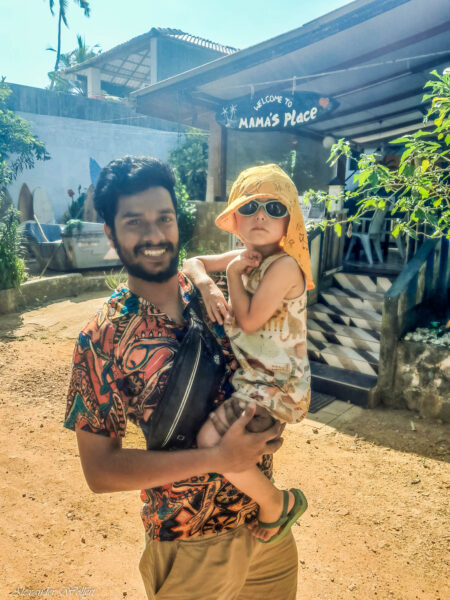
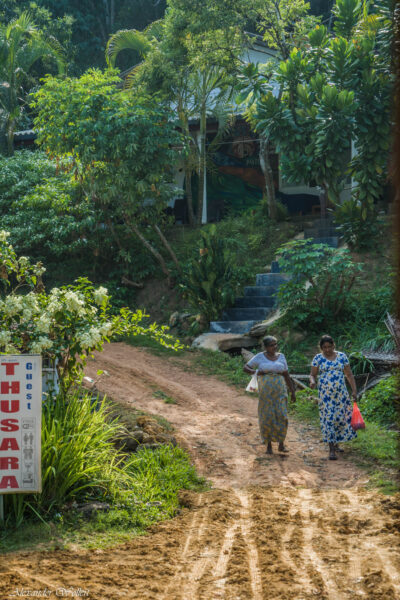
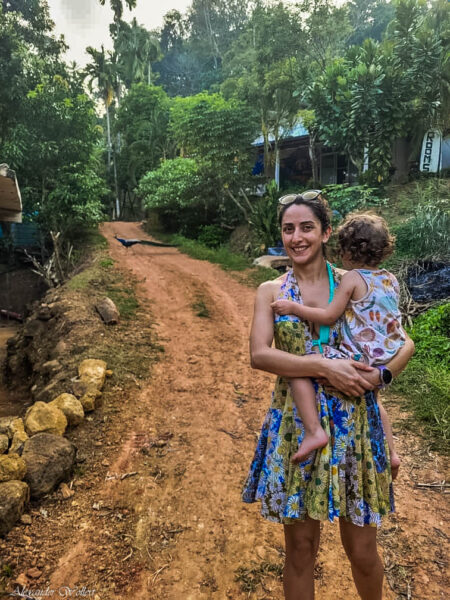
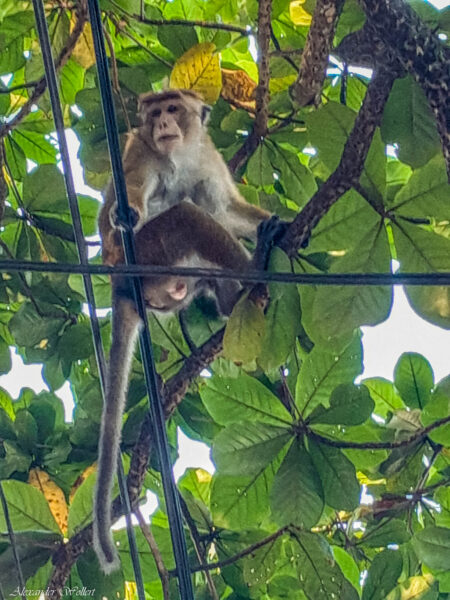
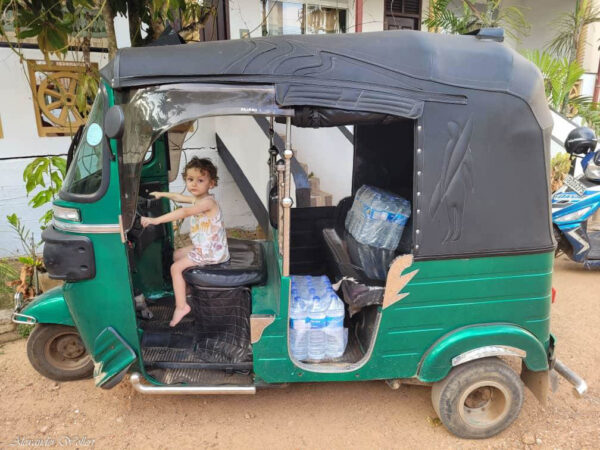
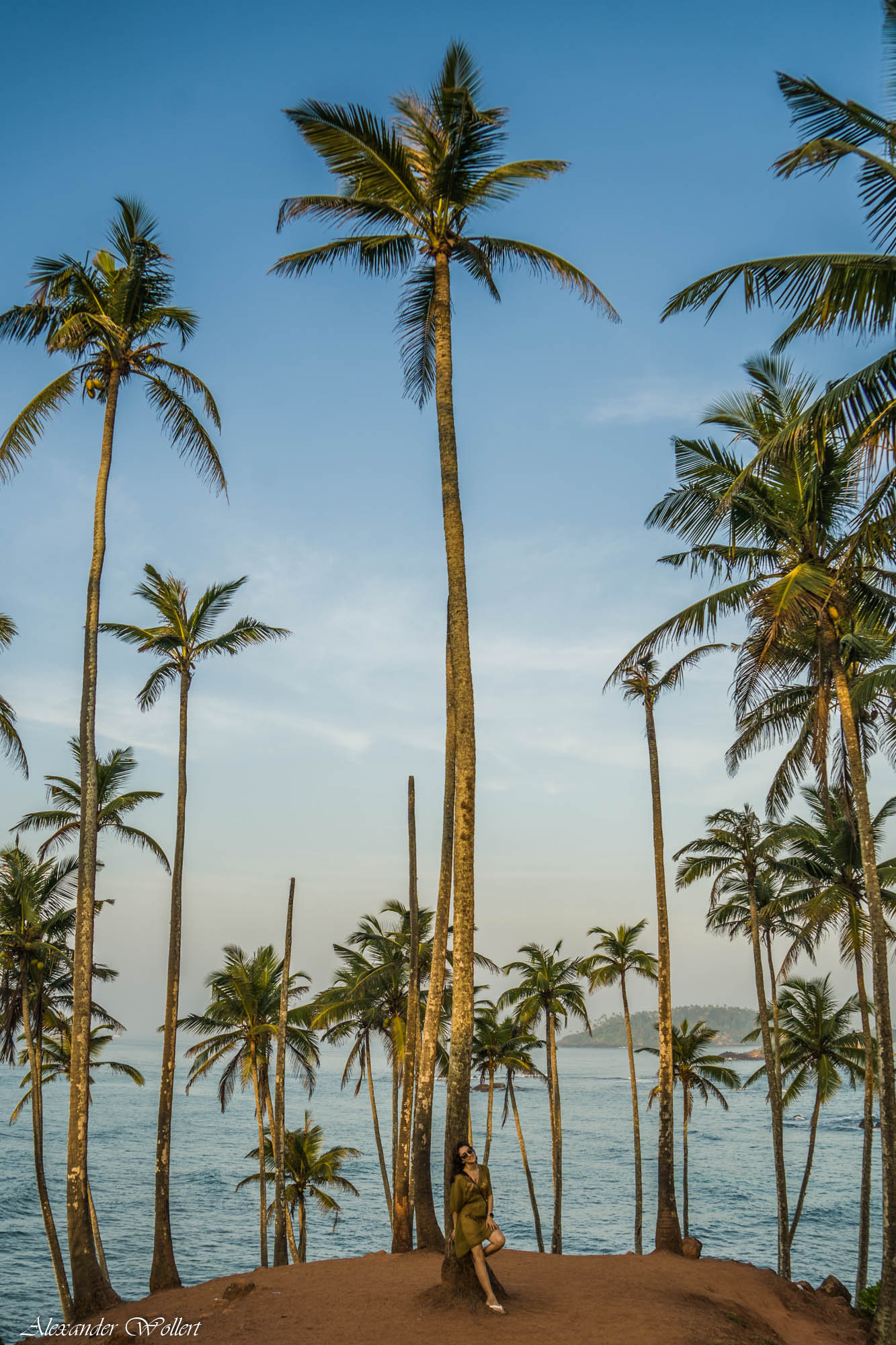
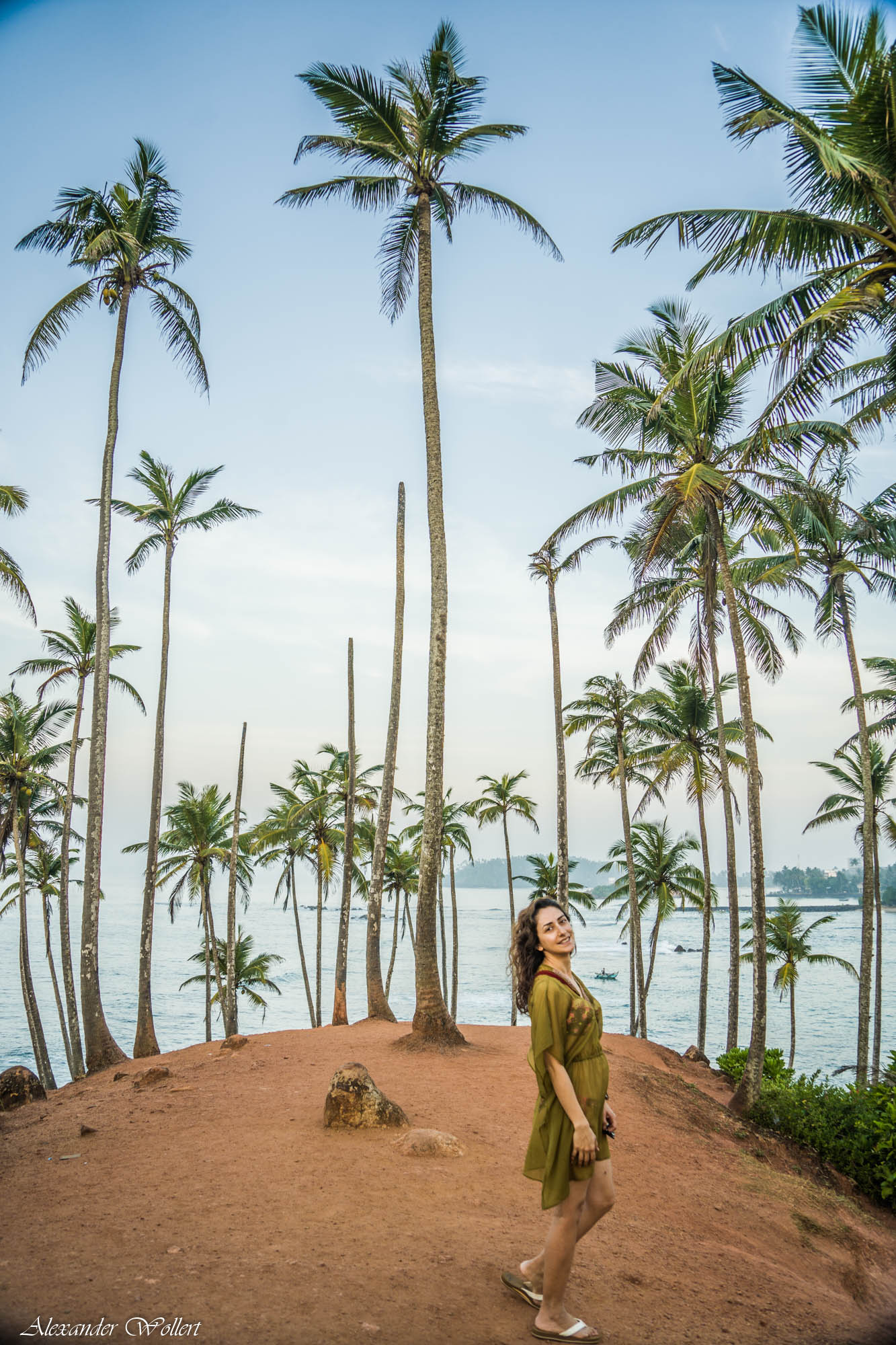
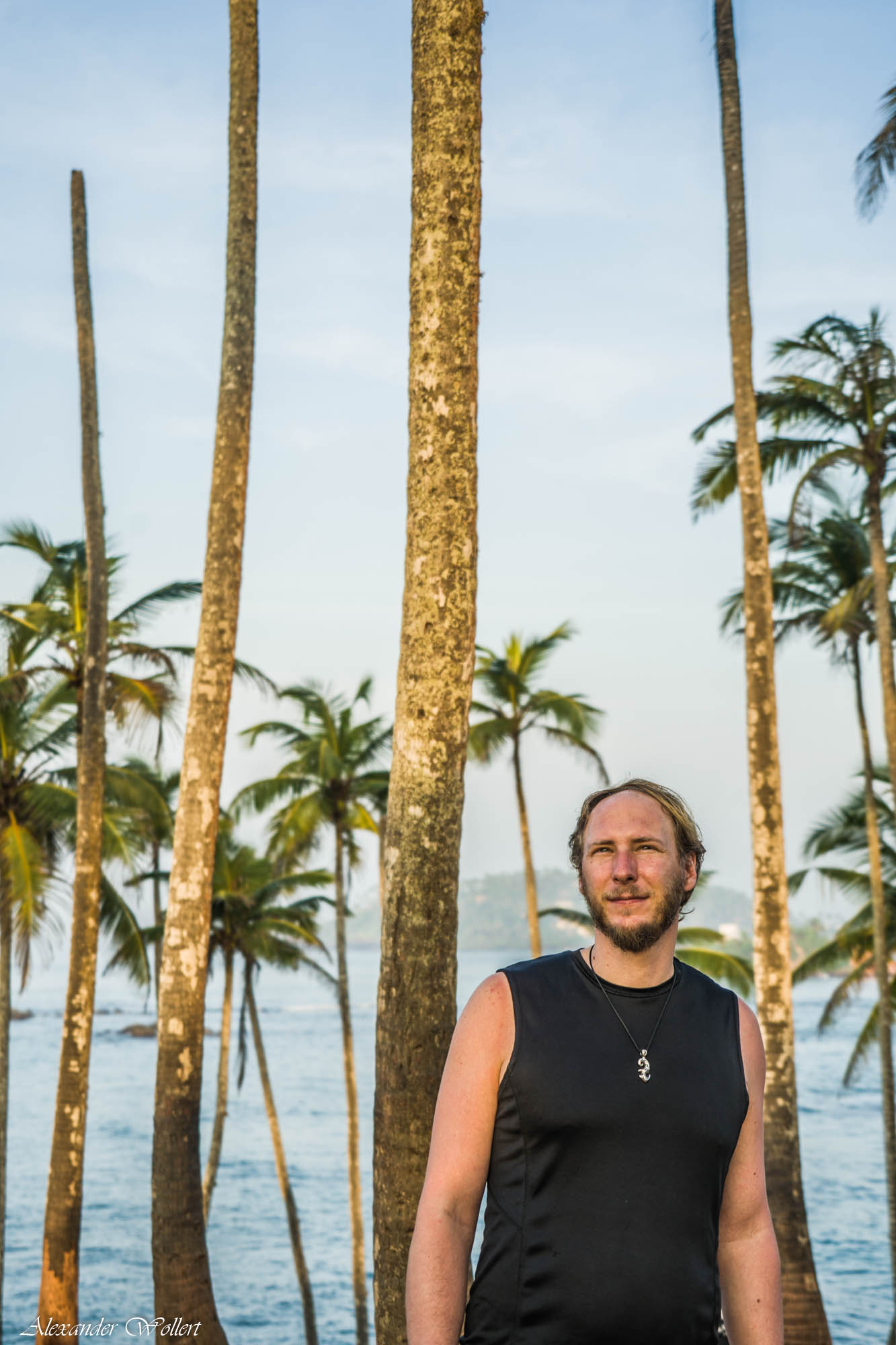

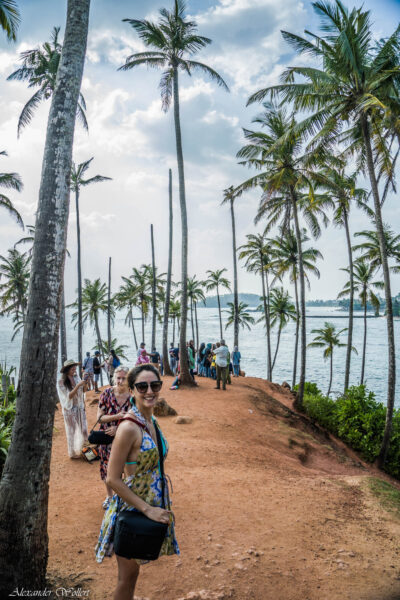

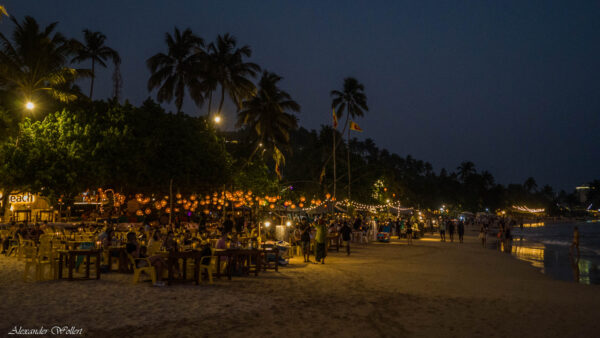
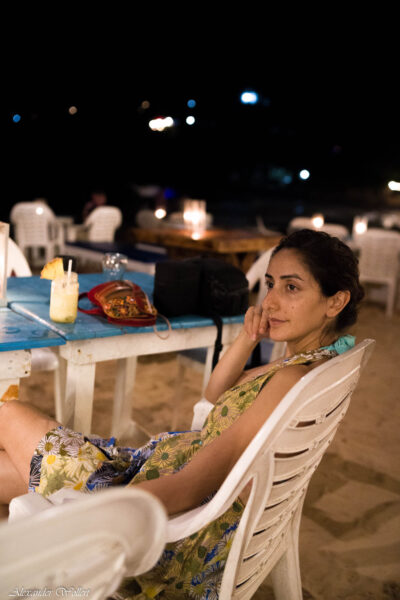
nice blog post
thank you for sharing with us